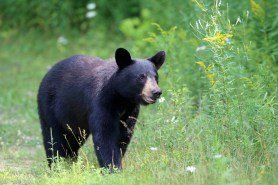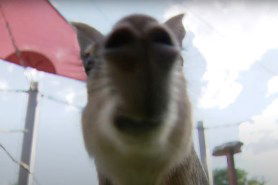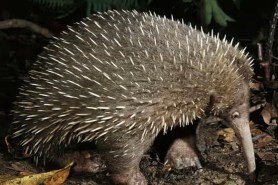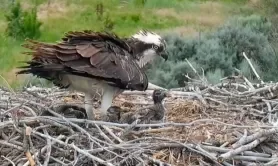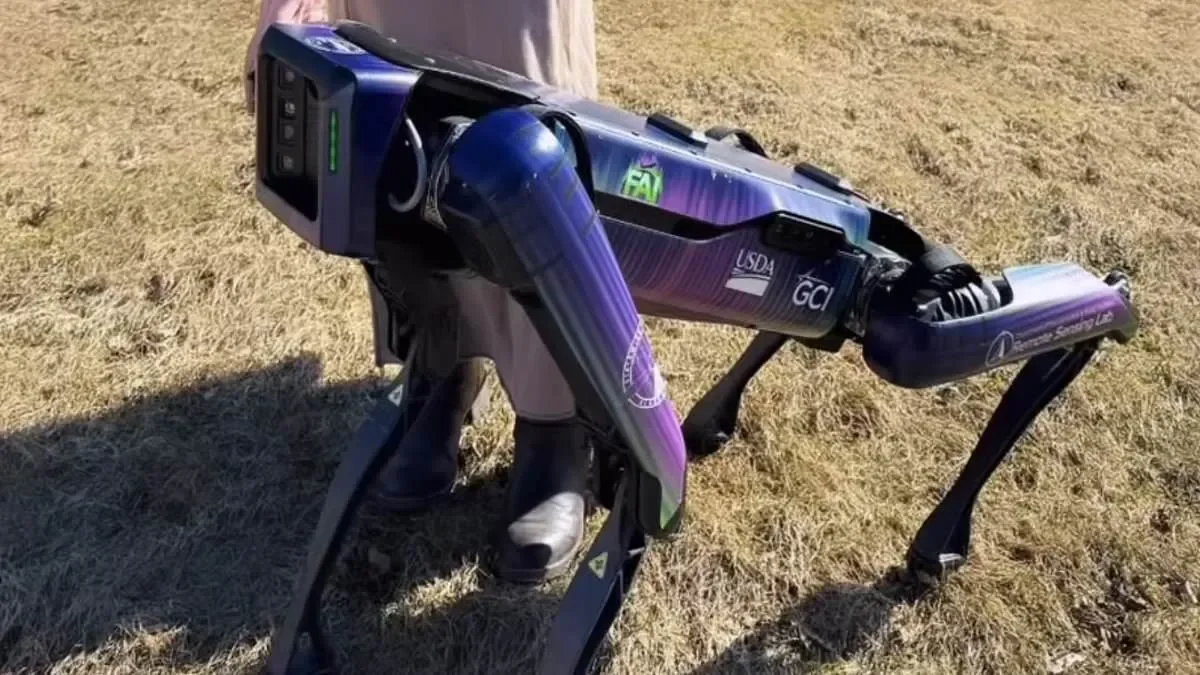

Alaska’s Department of Transportation introduced a robotic dog as its newest tool to clear away wildlife from landing strips and runways at the Fairbanks International Airport.
While you have probably seen images and videos of the Boston Dynamic robot before, state officials say this is the first time it’s being deployed for wildlife mitigation, such as scaring away birds and other critters.
During a presentation last month, Ryan Marlow, a program coordinator with Alaska’s DOT, called their robot “Aurora” a “wildlife reduction tool.” He explained that it’s a first demonstration usage of the technology, meaning state and federal officials will use it to see how it compares to traditional methods.
Before Aurora, airport employees would have to clear a runway by maintaining the grounds and physically patrolling the area — the downside of which is the cost of labor. With Aurora, however, officials plan to dress it up like a coyote and equip it with flashing lights and maybe one day an air cannon. The benefit of which is Aurora is a reusable tool.
“The sole purpose of this is to act as a predator and allow for us to invoke that response to wildlife without having to use other mitigation means,” Marlow said, adding that Aurora can be controlled with a tablet from a distance.
The $70,000 robot is already being used by a variety of public and private industries for things like search and rescue missions, inspecting equipment in hazardous environments, and logistic operations, according to Boston Dynamics’ website.
Additionally, the company described the technology that powers the robot as a form of artificial intelligence, which they call “athletic intelligence” because the device learns how to navigate and balance on various terrain all on its own.
During the presentation, Marlow explained that Aurora was purchased through a Federal Research Grant and the project will provide data to both the Federal Aviation Administration and the U.S. Department of Agriculture for future wildlife operations.
Even though Aurora has the potential to operate autonomously, Marlow said that they don’t plan on letting it until officials have a chance to map out security parameters. For the time being, Marlow said officials will be training with Aurora, showing it off in classrooms, and using it for outreach to promote airport safety.
RELATED ARTICLES
- 10 Most Interesting Airports In The World
- ‘Just Scooch’: Watch This Moose Get Too Close to a Costco Shopper in Alaska
- Reminder: If You Want to Avoid the Crowds, There’s Always Alaska
- Searching for a More Rugged Wilderness? Here’s How to Move to Alaska
- ‘Straight out of National Geographic’: Mountain Lion Fends off Three Coyotes in Colorado


